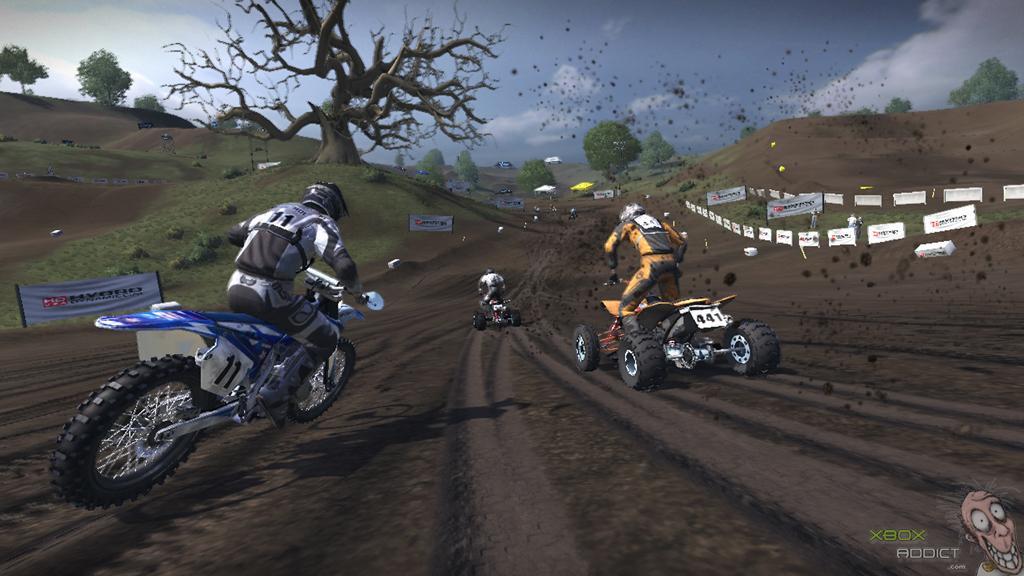
- #Jump force review xbox one how to#
- #Jump force review xbox one series#
- #Jump force review xbox one free#
#Jump force review xbox one series#
It’s absolutely joyous thrashing Frieza with Naruto’s Nine-Tails, and Jump Force nails the silly spectacle that’s made so many Shonen Jump series such perennial favourites. The core combat in Jump Force is infectiously fun, striking just the right line between depth and accessibility.
#Jump force review xbox one how to#
Look, I’m not going to tell Namco how to make games, but if you’ve reached the point where you need fast travel to navigate what is functionally the game’s menu, then it feels like something might have gone a bit wrong. When you’re not on a loading screen you’ll spend much of your playtime running across this empty space, or just fast travelling instead. Worse still is the UI – here embodied by a bizarrely massive and utterly empty hub world.


You play through it as a character of your own creation, who also serves as your online avatar, with customisation options that drive most of the in-game economy. The single-player story mode is an awkward disappointment, with glacial cutscenes – some voiced (by the original Japanese casts) and some not – that only ever seems fleetingly interested in imagining how characters from these diverse universes would actually interact with one another. It’s when you step outside of the core combat that Jump Force begins to show its seams. There’s some minimal destructability, but for the most part these are fairly flat environments to fight in.
#Jump force review xbox one free#
Movement is totally free in the 3D arena, which keeps fights feeling dynamic, but the game seems to lock you on slightly when you fire off a special attack – or maybe just corrects your aim as long as you’re in roughly the right direction – which means big attacks are forgiving rather than fiddly, with no need to worry about precise aiming in the 3D space.Īs for those stages, they’re oddly based on a mix of real world locations and settings from the series themselves. Real life locales include the likes of Times Square, the Matterhorn, and Hong Kong harbour, while fictional stages are drawn mostly from the biggest franchises featured here, like Dragon Ball Z and Naruto. There’s a real sense of humour to some of them too – a personal favourite was City Hunter’s Ryo crashing across the stage in a car to send enemies flying into the sky with some conveniently placed explosive barrels, only to whip out a six-gun and trigger the explosion in slow-mo. Transforming Naruto into Nine Tails or activating Luffy’s Gear Four is exactly as satisfying as you want it to be. Every character’s trademark moves are represented one way or another, and this game gets their absurd power levels just right. You’re not juggling characters to manage their health, but simply picking the best one to pummel your opponent’s current fighter of choice – or, more likely, the one whose absurd, over-the-top special attack you most want to see right now.Īnd those attacks are magnificent. Perhaps more surprisingly, characters share health and energy meters, which shifts the strategic dynamic. Sure, the source material is somewhat limiting (‘shonen’ literally means ‘boy’) but the creators wouldn’t have had to dig too deep to find another one or two women to fill out the ranks a little.Īs you’d expect, you can switch between characters in your team on the fly, or have them pop in briefly for quick team attacks. Sadly, what should be the game’s greatest strength is actually one of its biggest weaknesses, as the character roster is shamefully lacking in women. Out of those 40 fighters, just three are women – Kaguya from Naruto, Rukia from Bleach, and Boa Hancock from One Piece – which is frankly embarrassing. More characters – including Death Note’s Light and Ryuk – pop up through the single-player campaign, but aren’t playable themselves.The uniting factor is that they’re all from manga that were published in Shonen Jump, an ongoing Japanese magazine, so look to there to think what other franchises might be added down the line as DLC. In total there are 40 characters in the roster, including two original creations (designed by Dragon Ball manga artist Akira Toriyama, no less) and a fairly simple custom character creator. You build a team out of characters from assorted manga series including big names like Dragon Ball Z, Naruto, One Piece, and Bleach, along with arguably less well-known fare like City Hunter, JoJo’s Bizarre Adventure, Hunter x Hunter, and more.


 0 kommentar(er)
0 kommentar(er)
